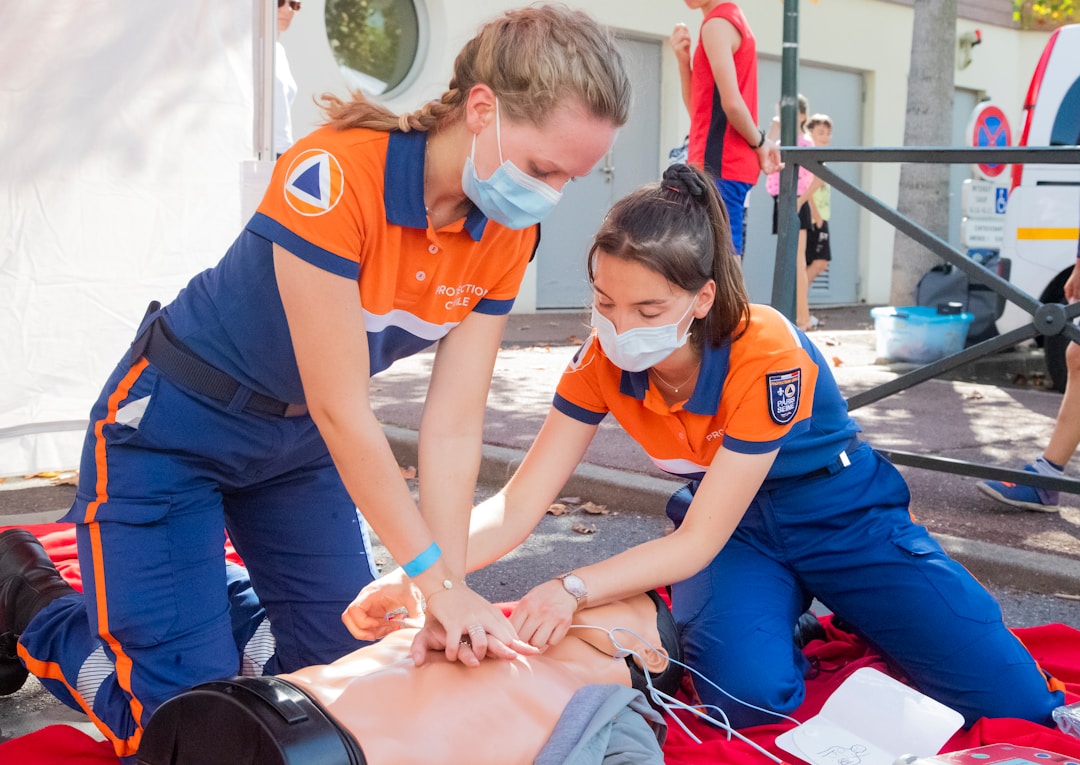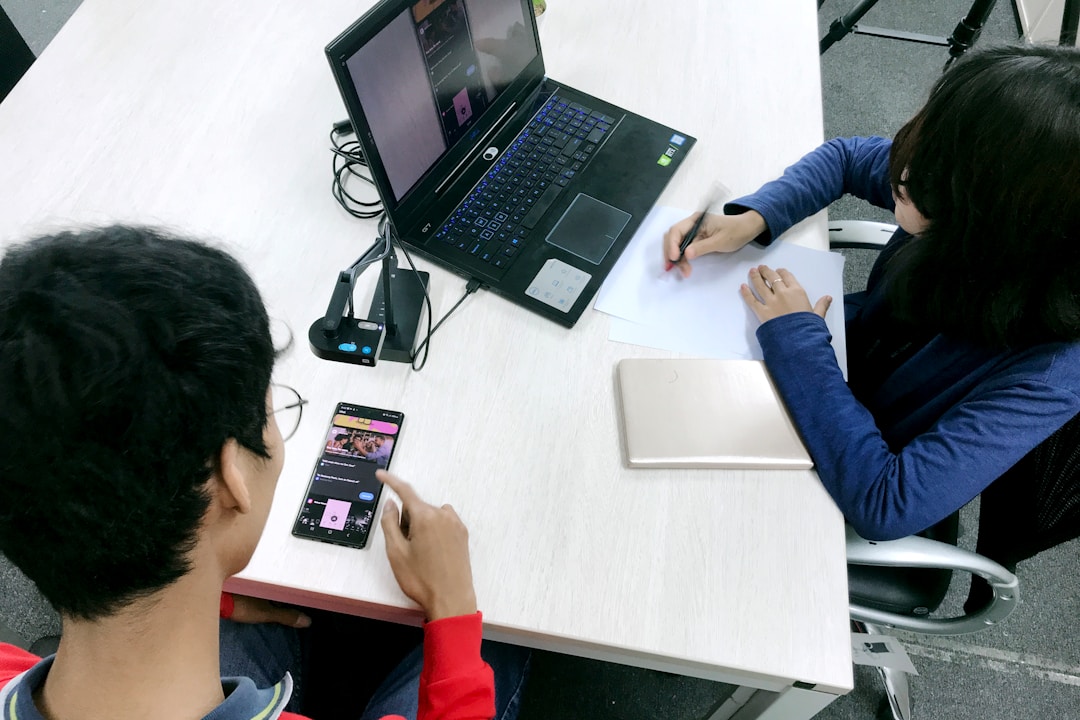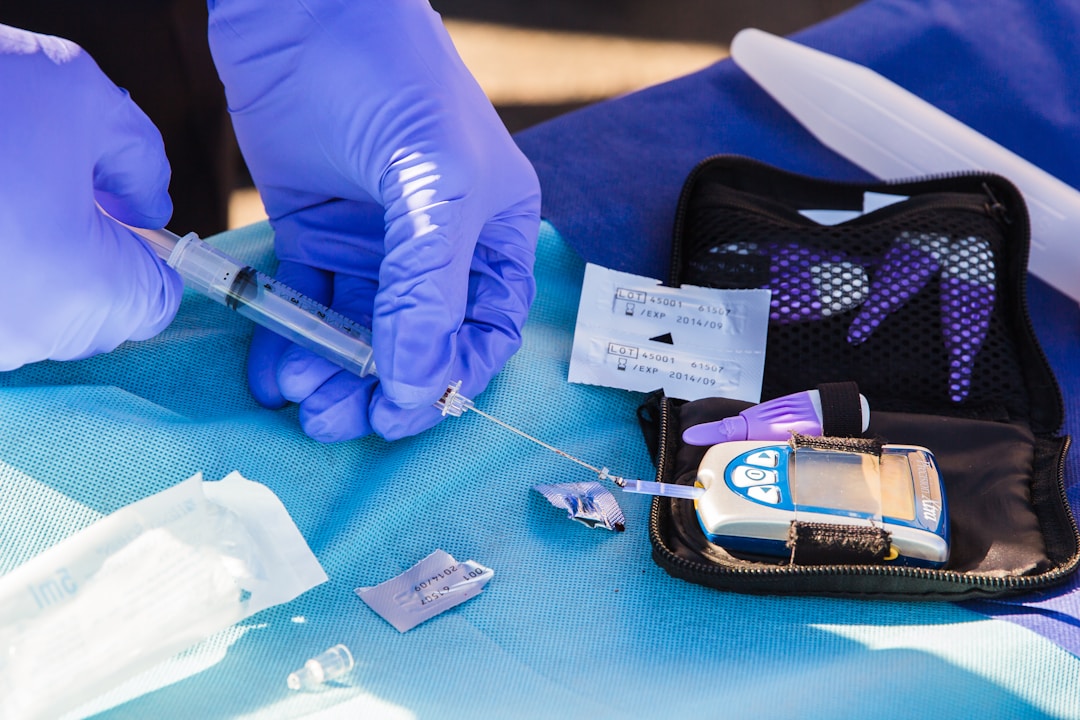ChartFlow Team
Here’s how to make charting practice in nursing school more exciting. Or, at the very least, not so boring.
If you came here from Google, you might not have realized you’re reading the blog of an educational EHR company. That means we are the charting people in nursing school. Even though we live and breathe EHRs for education, we can still admit that sometimes this tedious part of nursing and simulation is …. well…. boring.
So let’s spice it up!
‘Do Not Use’ search
We recently did a post on the Joint Commission’s ‘Do Not Use’ abbreviation list for healthcare. This list includes several abbreviations that should no longer be used when charting due to their ambiguous meaning or potential for misunderstanding. In a pharmacology class, use this classroom activity to practice: The day after discussing the ‘Do Not Use’ list, check to see if your students remembered it. Create a patient with three or four orders in ChartFlow’s EHR. You can also use one of our template patients (we recommend PATIENT NAME, who has a lot of medications ordered already) and then edit the orders before making the patient visible to students. Make sure at least one order has a Do Not Use abbreviation. When students come in, ask them to open the patient in ChartFlow on their computers or phones. Instruct everyone to open the orders section and write down any Do Not Use abbreviations they find. After two minutes, see how many students were able to find the problem abbreviation(s).
Med Scanning Master
When it comes to shooting a barcode scanner, which student has the fastest draw in the west?

Choose a patient who has a lot of medication orders currently listed. Make sure to set up all the relevant medications with the correct barcodes (you can print barcodes for free from ChartFlow if you’re making your own medications, or use Wallcur medications with our system). Mix in a few non-relevant medications with barcodes and put the pile of pill bottles/blister packs/lotion tubes/boxes on the desk in front of the patient. Once the student is ready shout “go” and start a timer. Have the student open up the Medication Administration Record (MAR) and start scanning and entering meds accurately. Whoever finishes correctly entering every medication first, including all relevant information, wins the game.
Whodunnit?

In nursing education we talk a lot about the importance of charting, especially when it comes to legal accountability. What better way to make that lesson stick than by demonstrating how every bit of charting is tied to a person? Set up two or three scenarios. Using one scenario at a time, ask students to open the patient chart on their tablet, phone or laptop. If using ChartFlow, all information will either be entered by a fictional provider or by an instructor on the template patient. All data is always name and date stamped just like the real thing.
Ask students to identify who made a specified error. It may have been a medication error, a charting error, or an error of omission. After students think they’ve found the right answers, review as a class how these mistakes happened and how they could be avoided.
Scenario 1: Patient experienced anaphylaxis after being given a medication they were allergic to.
Setup: Set up a patient chart with a listed allergy to a medication. Mark that medication as “given,” in the MAR but make sure other medications are also given around the same time so students will have to find the correct entry. Students should search the MAR and see whose name is under the “given” entry in the MAR.
Scenario 2: Patient chokes on her evening meal. What went wrong?
Setup: This patient should have an order under “diet” for NPO. Because they have an order for nothing by mouth, no traditional food should have been given to this patient. In the daily tasks flowsheet, make sure there is an entry for food having been delivered to the patient by a Nurse or CNA. Students should be able to find that the person delivering the food did not read the NPO order. Therefore, the error happened sometime after the provider entered the NPO order.
More posts like this






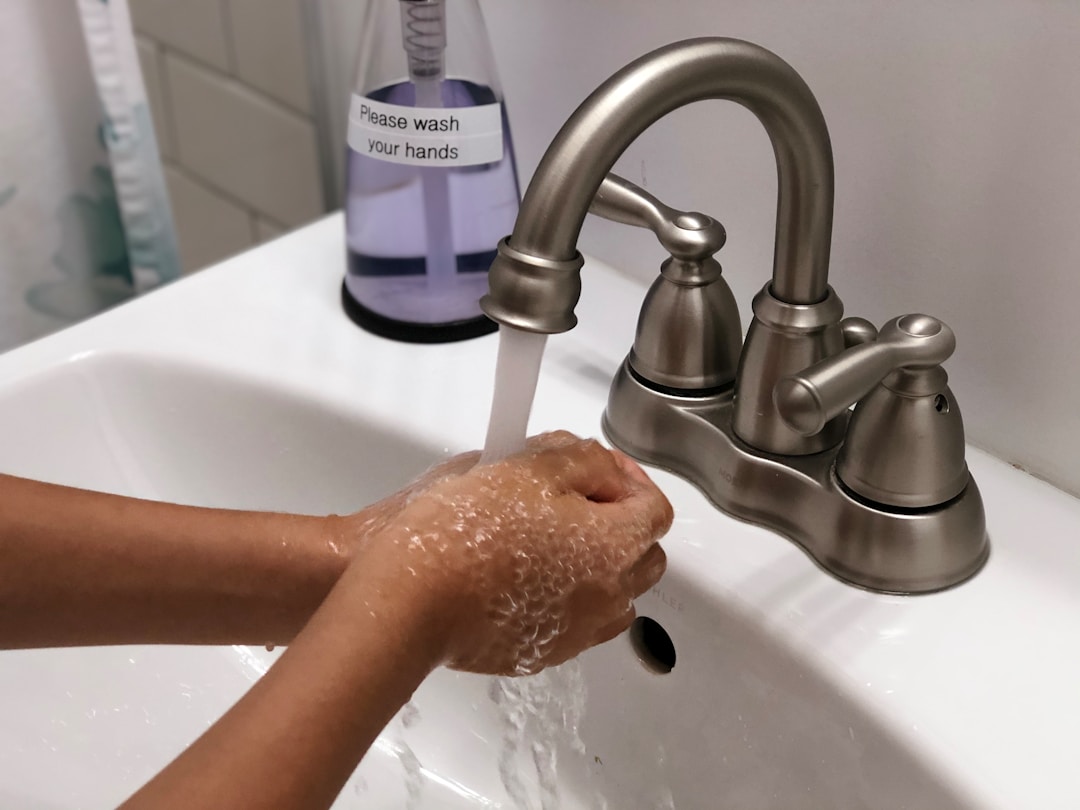



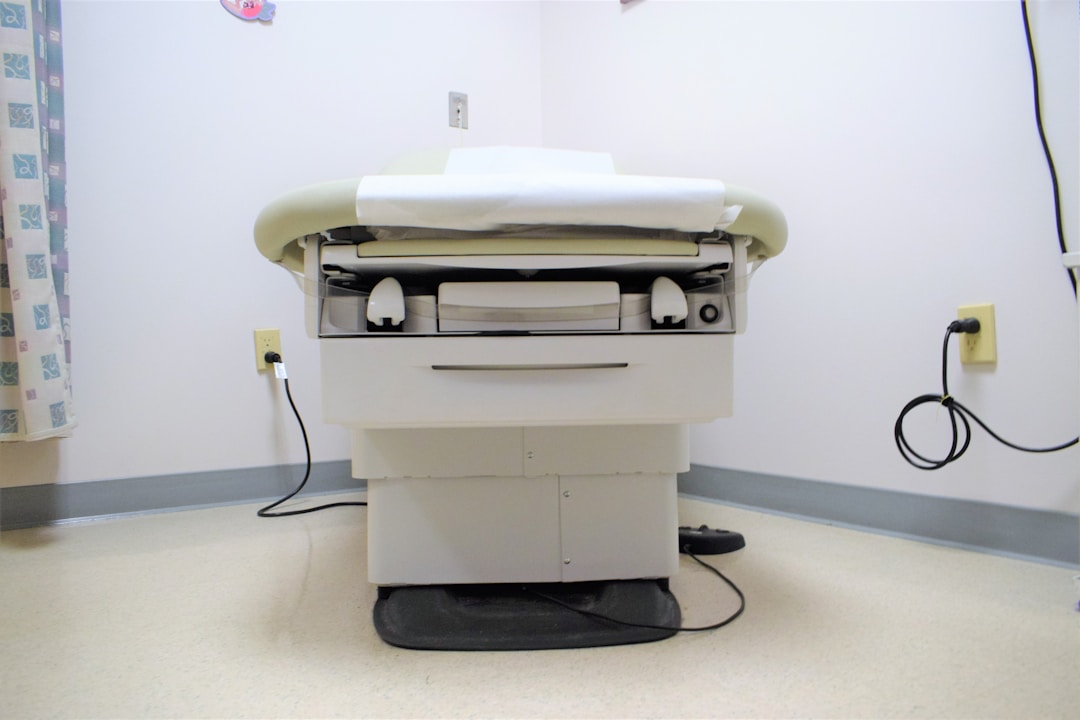
_(2)/w=1080,quality=90,fit=scale-down)




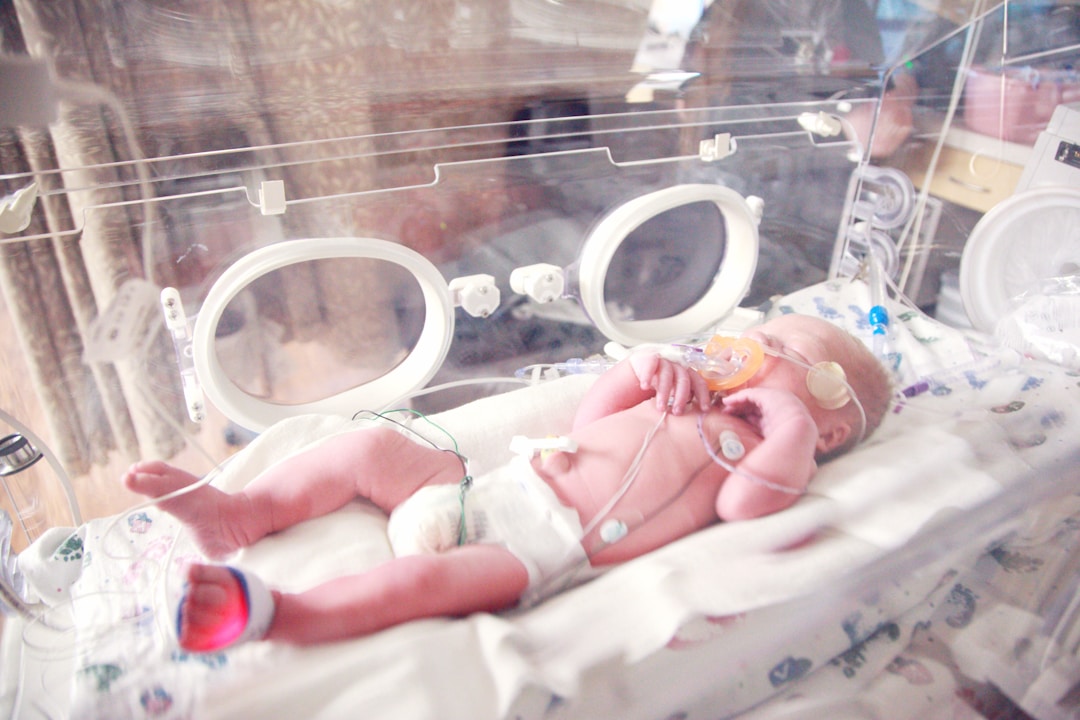



/w=1080,quality=90,fit=scale-down)






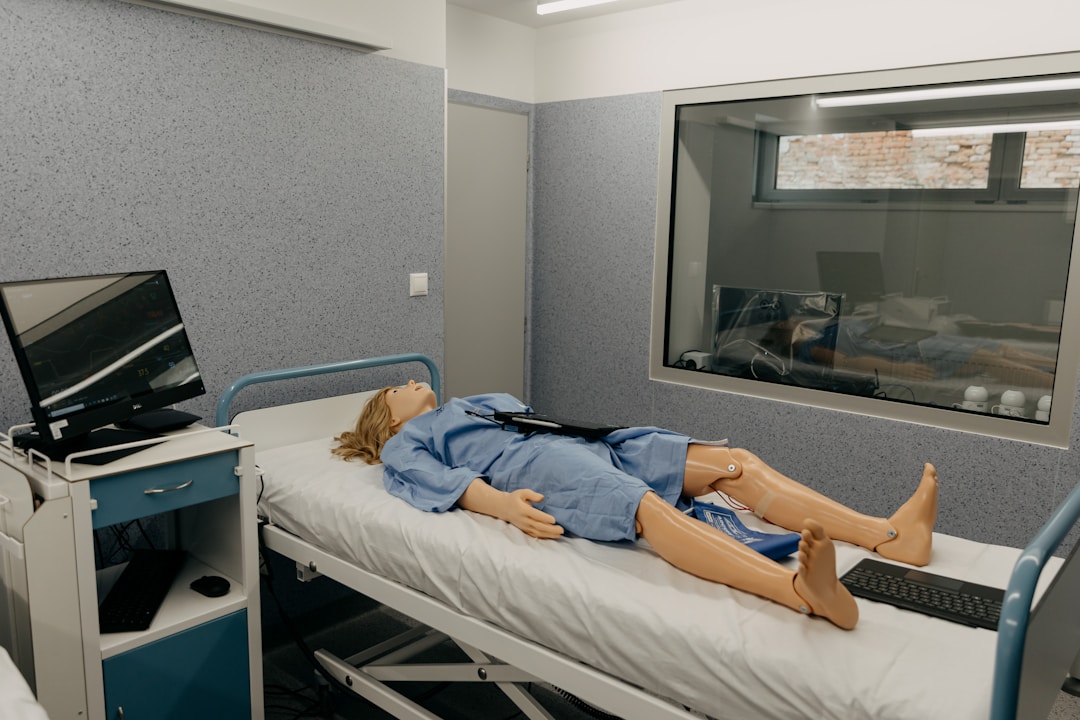











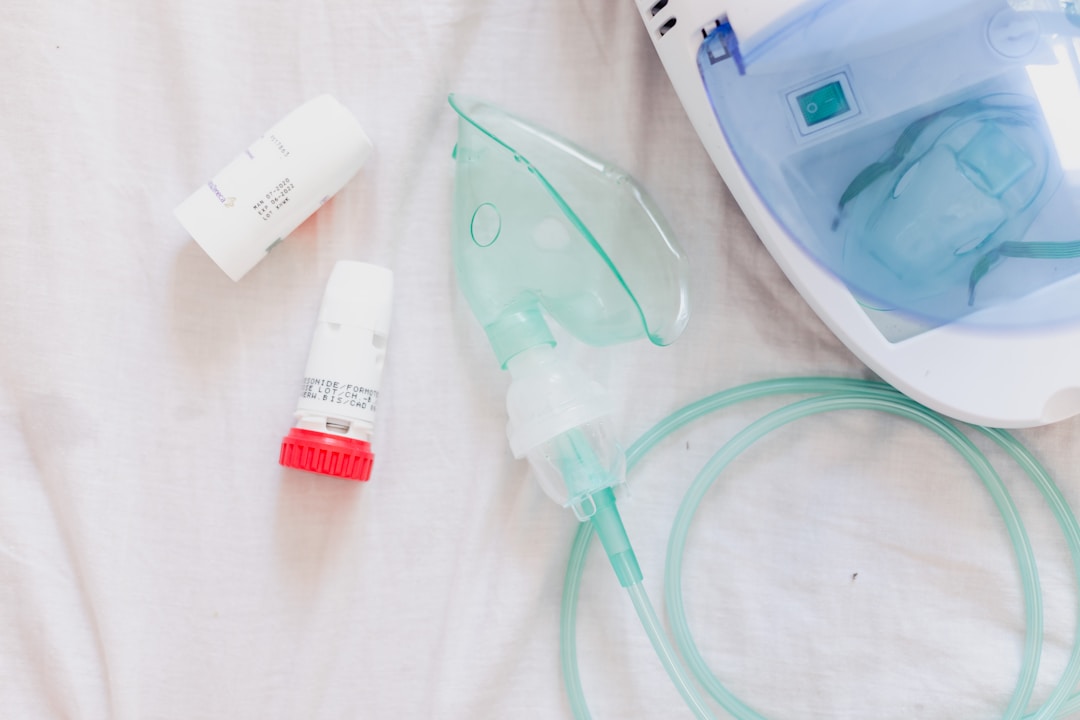

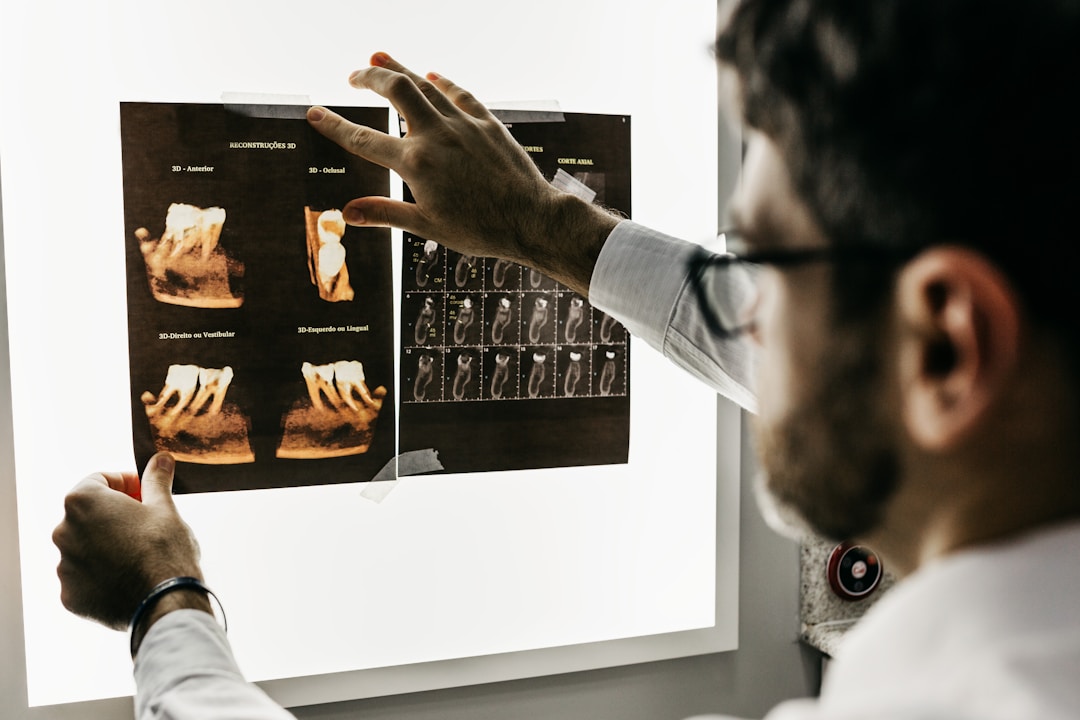

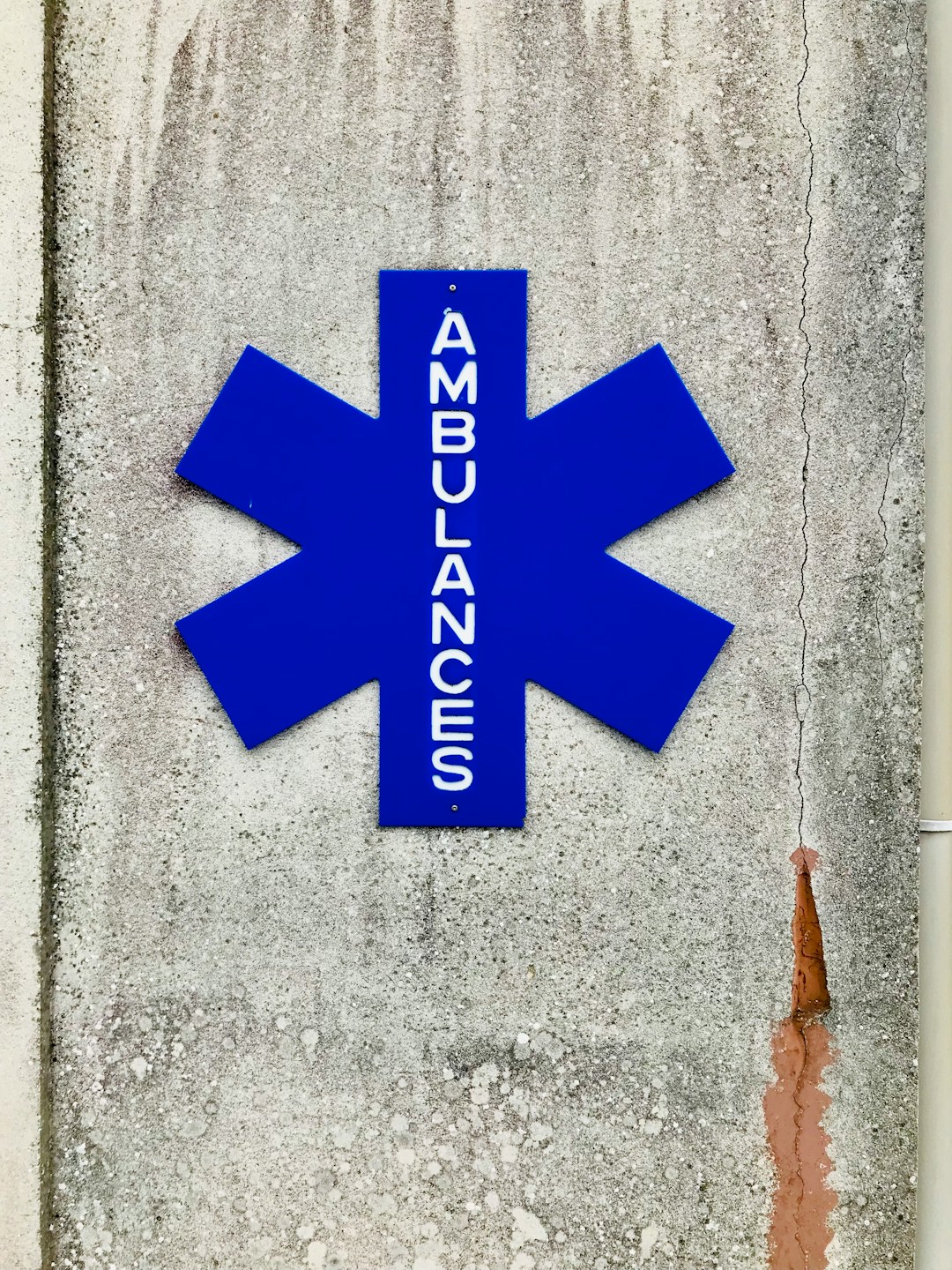





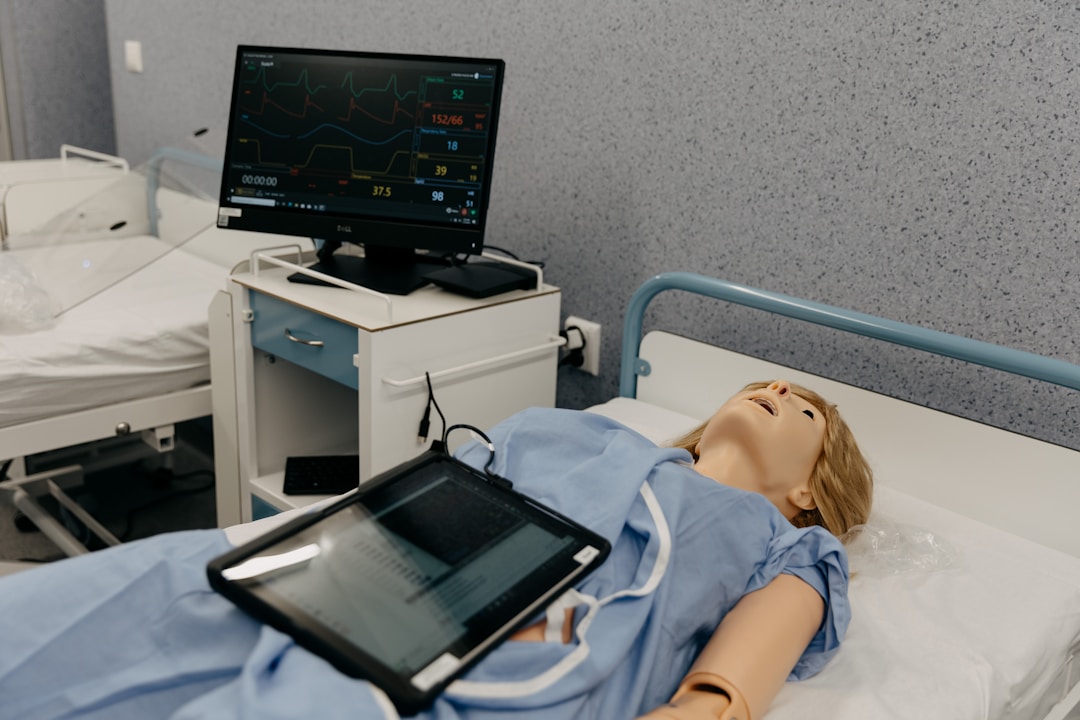











/w=1080,quality=90,fit=scale-down)
_(1)/w=1080,quality=90,fit=scale-down)









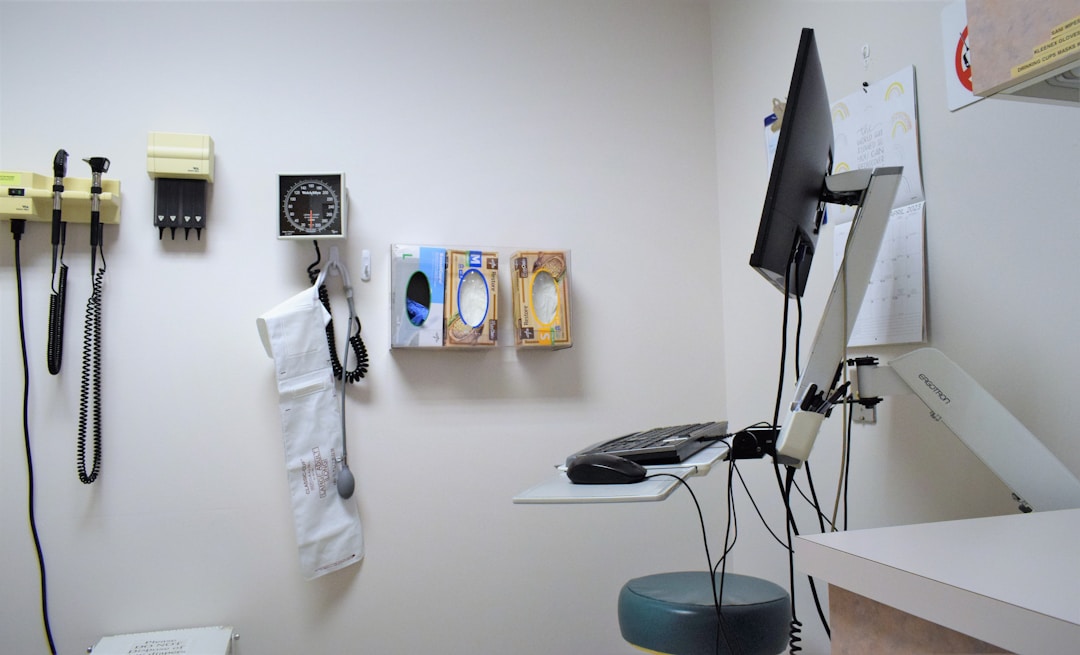



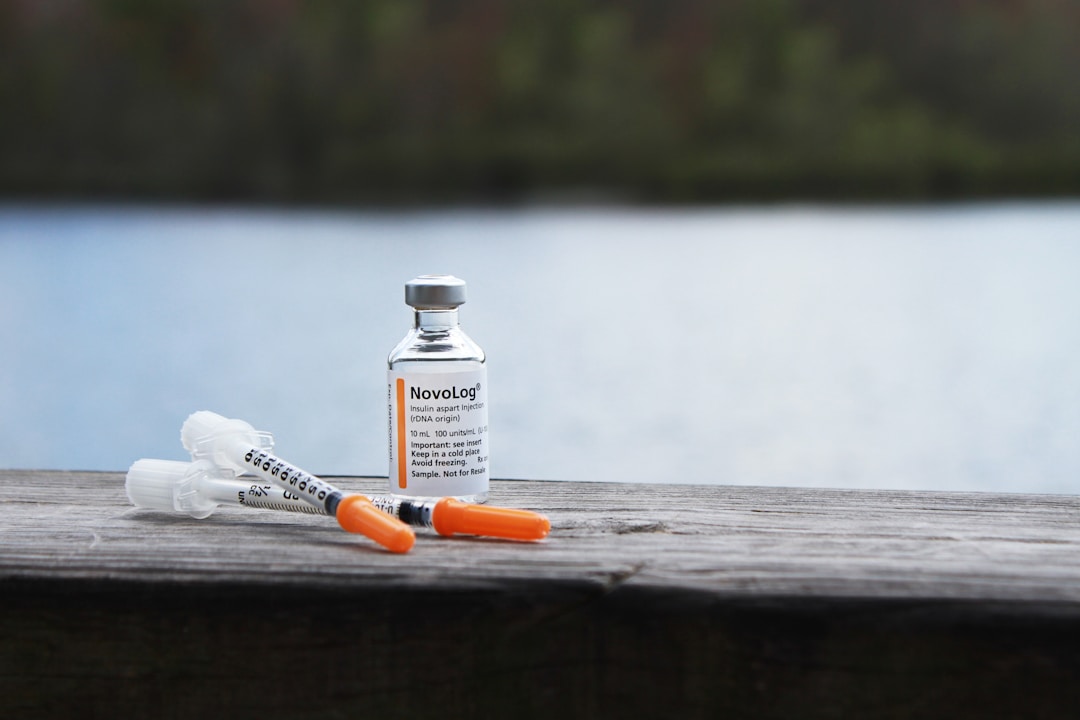
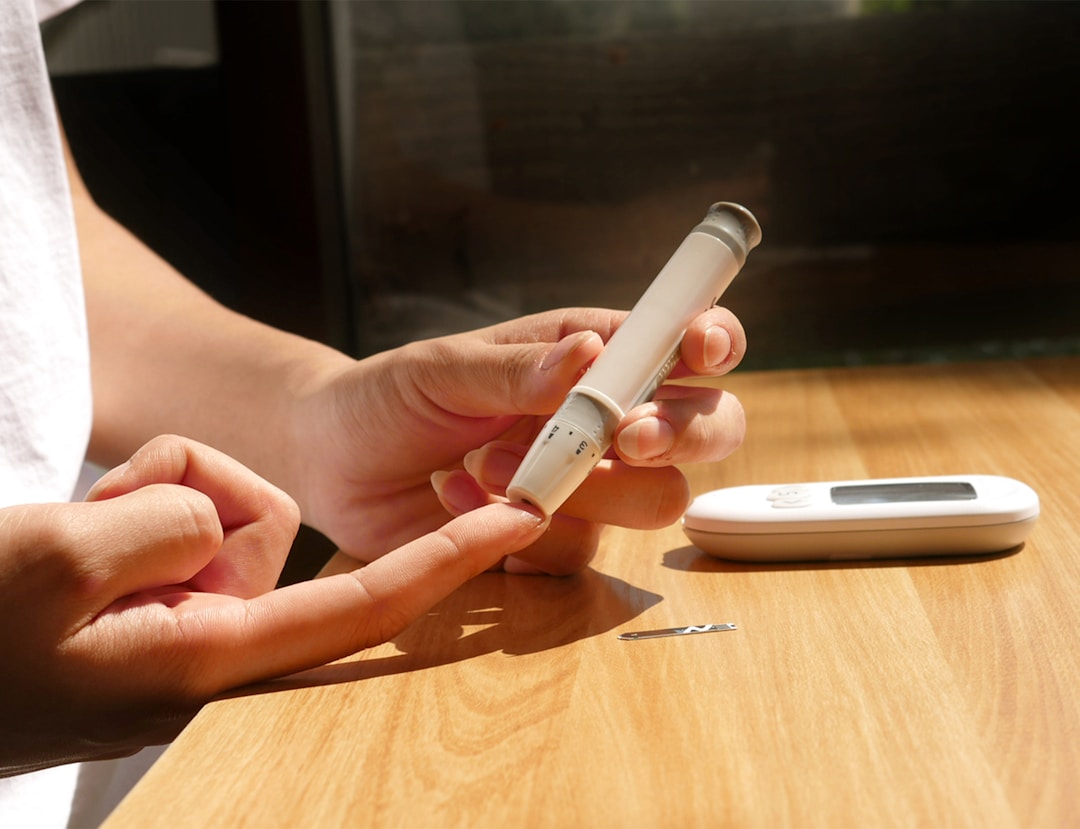








/w=1080,quality=90,fit=scale-down)







